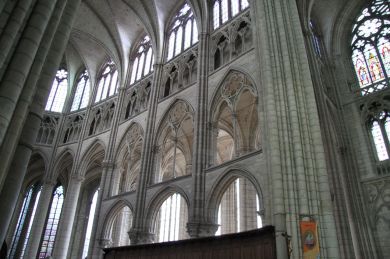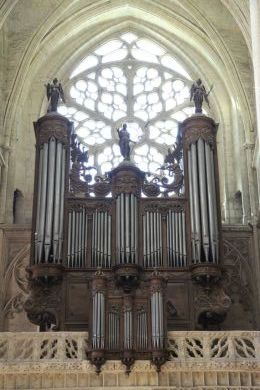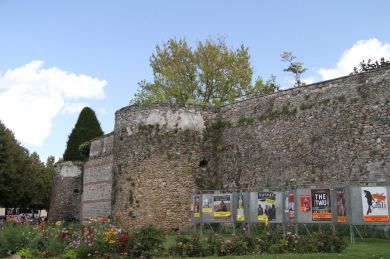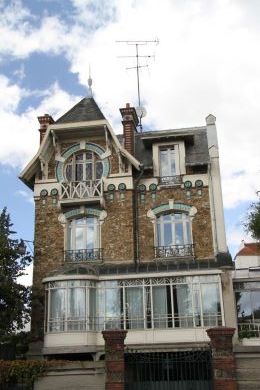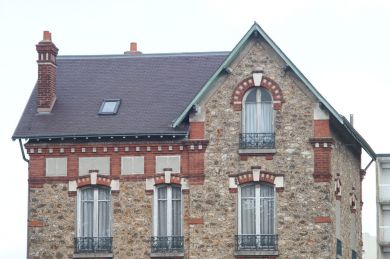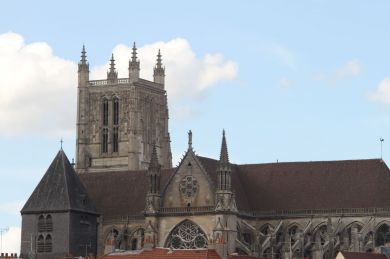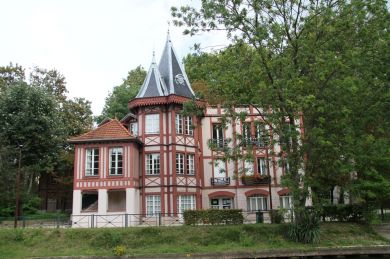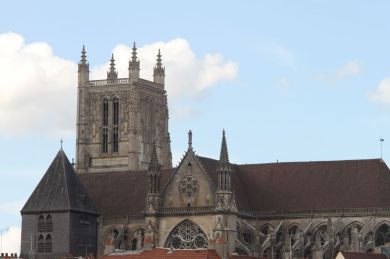The Marne, the Seine, Meaux and others
The beauty of the Marne River exceeded our expectations. Once we had left behind the grape vines of Champagne, the Marne was lined with forests and fields. With few locks and few boats it was possible to sit back and enjoy the scenery. Even though we were approaching Paris the traffic remained light almost to the end, with a few commercial barges and a small number of pleasure boats. We had no problem finding somewhere to tie up each night.
The city of Meaux provides excellent pontoons right in the centre of town, with water and electricity at a nominal cost. The railway station is very close, a factor we appreciated as we could farewell our son Paul and his wife Angela, and welcome friends Val and Mike. The train to there is a Paris suburban train so it was not even necessary for them to book.
The area of Meaux has been settled since very early times and it is located on a bend of the Marne, giving fertile land and a barrier for invaders. It later became a Gallo- Roman town, Jatinum, and the 3rd century ramparts built during that era are well preserved. They have been added to over the years to produce an impressive town wall. The huge Cathedral dates back to the 11th century though the town was a bishopric from the 4th century. Many old buildings are preserved and this is one town which celebrates its history and makes it accessible to visitors with plenty of historical plaques and good material from the tourist bureau.
Meaux is the capital of Brie so we could not leave without buying two different types of "Brie de Meaux" which is claimed to have 12 centuries of history, dating back to Charlemagne. Charles d'Orleans is known to have given Brie from Meaux as a gift to the ladies of the court. We bought it directly from the maker at a stall at the market.
After Meaux we entered the short Canal de Meaux da Chalifert originally constructed in the 13th century. Who else has passed that way in 800 years?
Next stop was Lagny, again on a pontoon provided by the town. Next morning we enjoyed a very good market selling a huge variety of goods such as soap, leathergoods, drapery, hats and toys. The food stalls were in an attractive covered market hall. This market area dates back to the 12th century.
After Lagny the towns along the Marne become more frequent as they are within easy commuting distance from Paris. The locks get bigger and consequently the commercial traffic gets larger and more frequent. In this stretch there are two tunnels, 290 metres and 600 metres long. The Marne meets the Seine near Alfortville, only 5kms from the centre of Paris.
David rode quickly and easily on bike paths to the Left Bank of the Seine from our overnight mooring at St Maurice just before we left the Marne. He was able to pass the traffic Iin both directions) while riding along the 10 lane road which was choked with cars at peak hour.
Photos show:
Inside Cathedral at Meaux
1627 organ at Meaux (one of the older ones we have seen)
Chapter House at Meaux
Gallo Roman Wall from the 3rd century
Beautiful old Meaux House
Another old house in the town
and another (along the Marne River)
Inside the Meaux Cathedral
Meaux Cathedral (very hard to photograph from nearby as it is closely surrounded by houses and shops)
Best Regards, Penny and Dave
